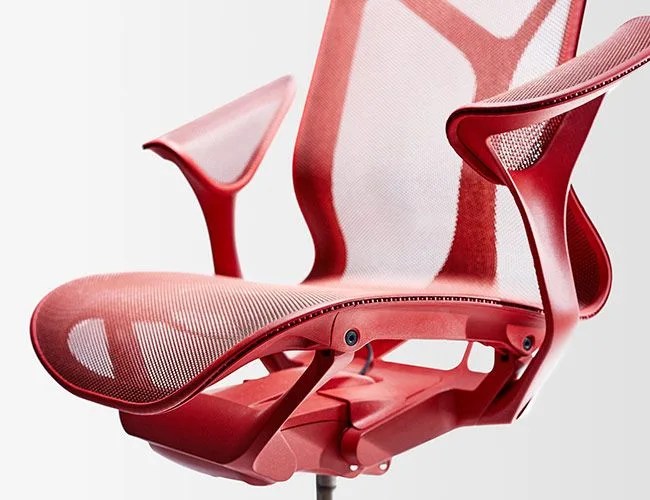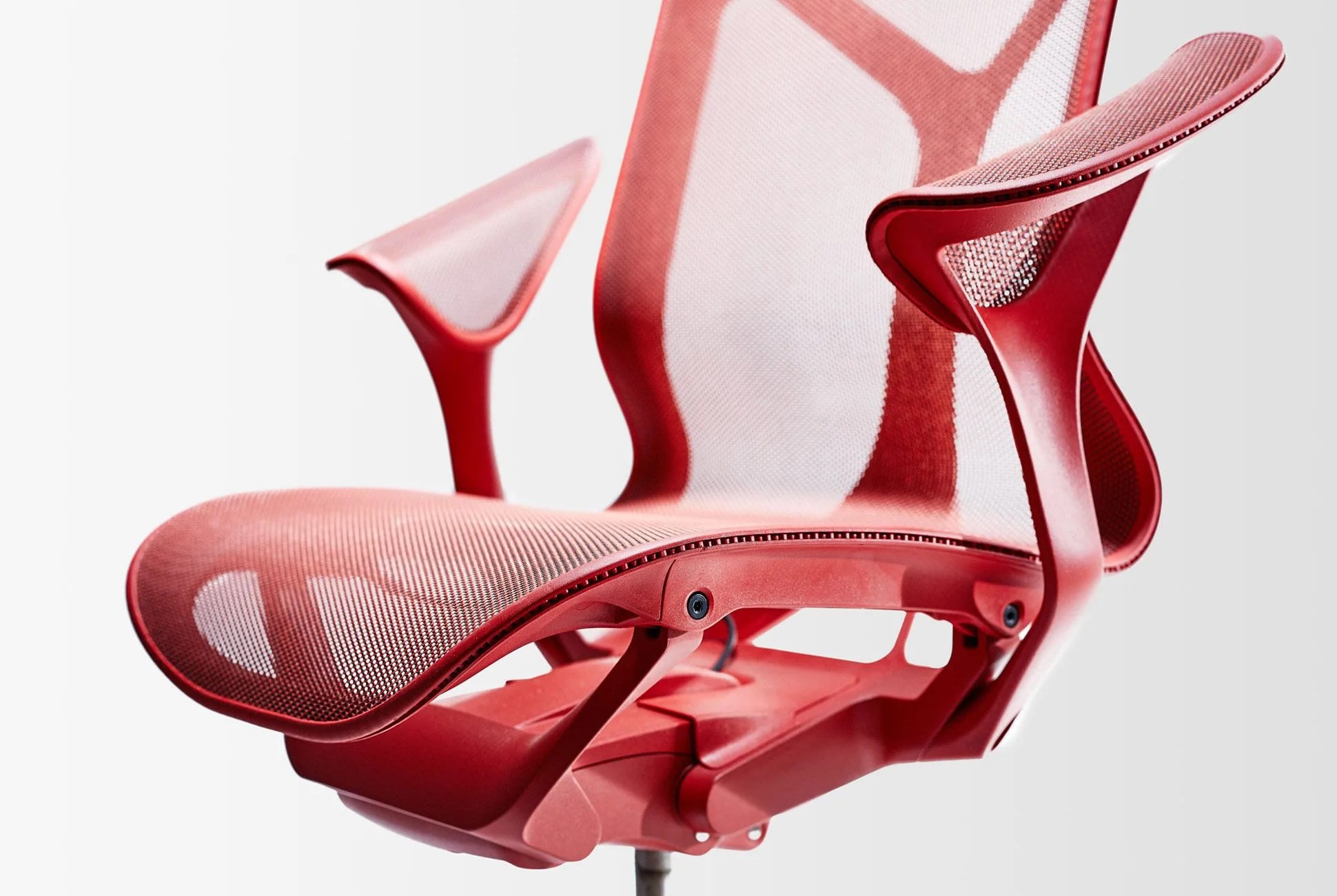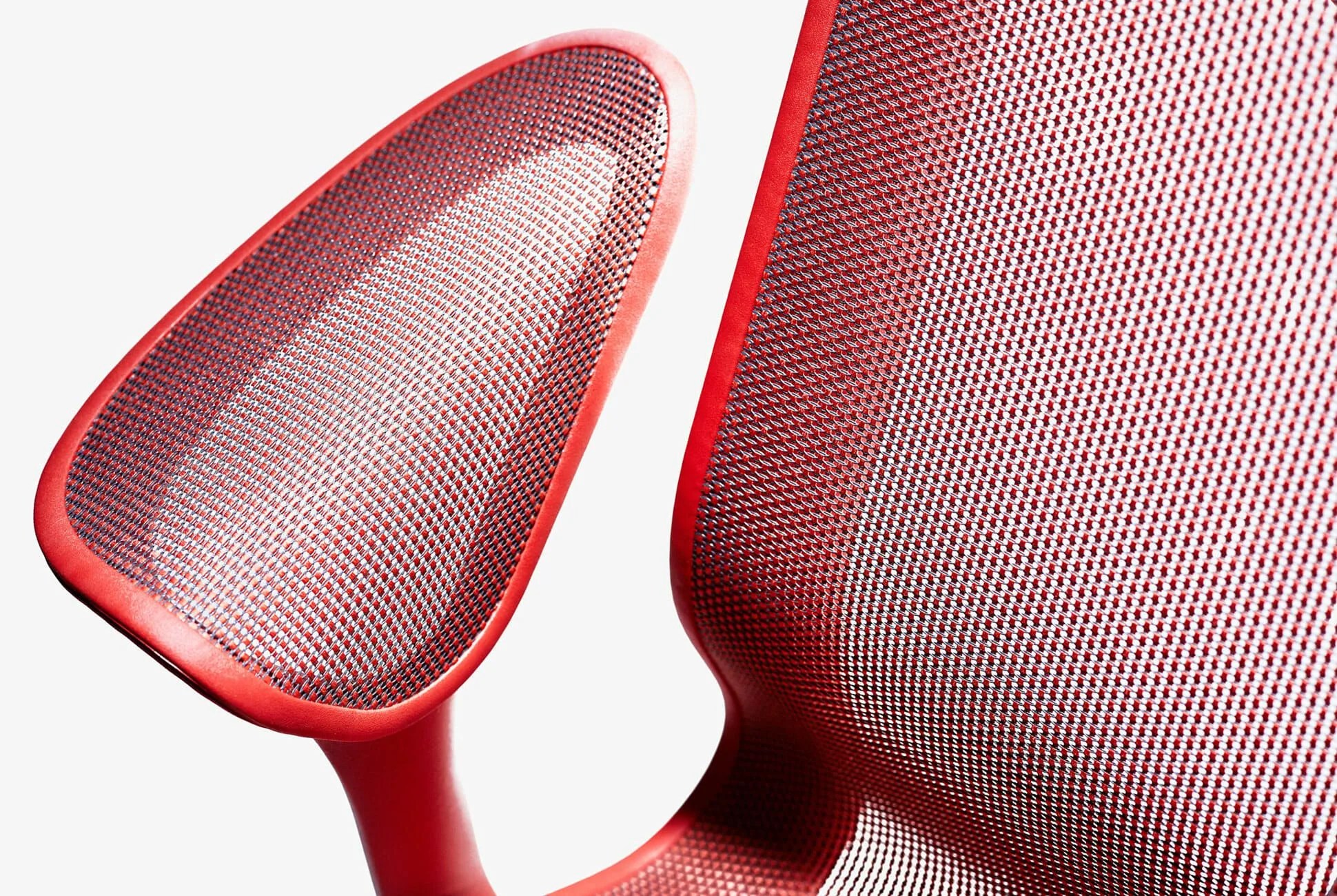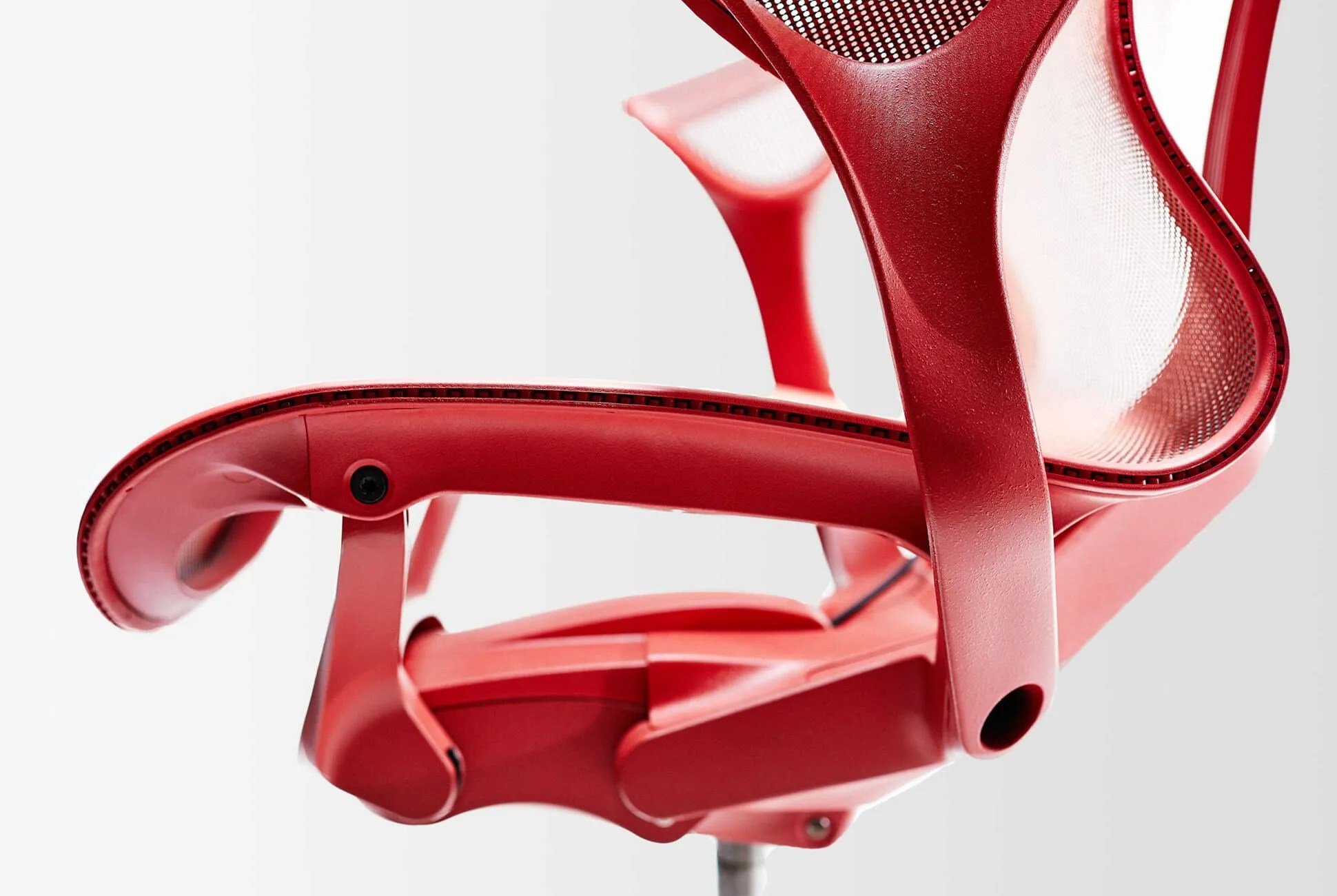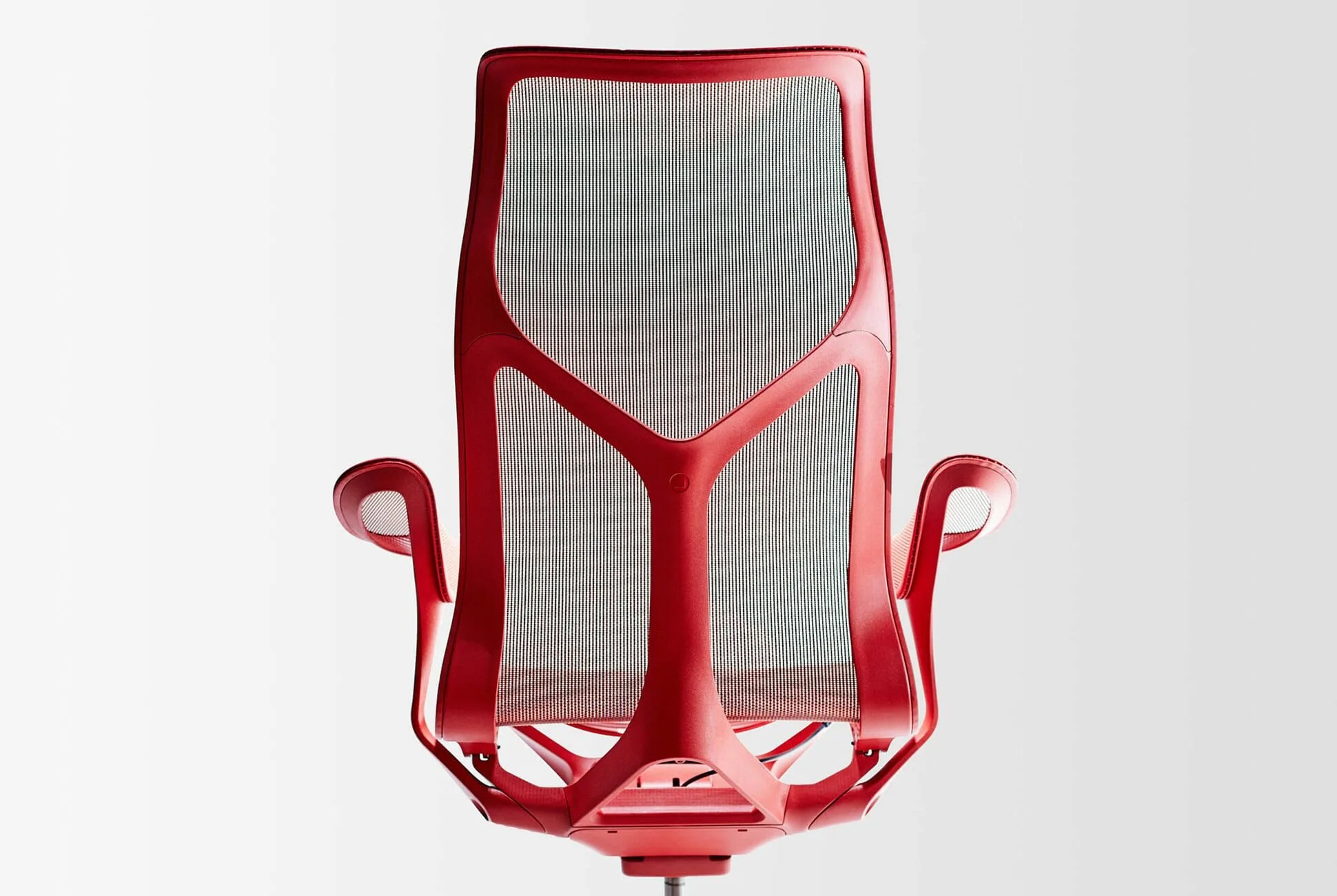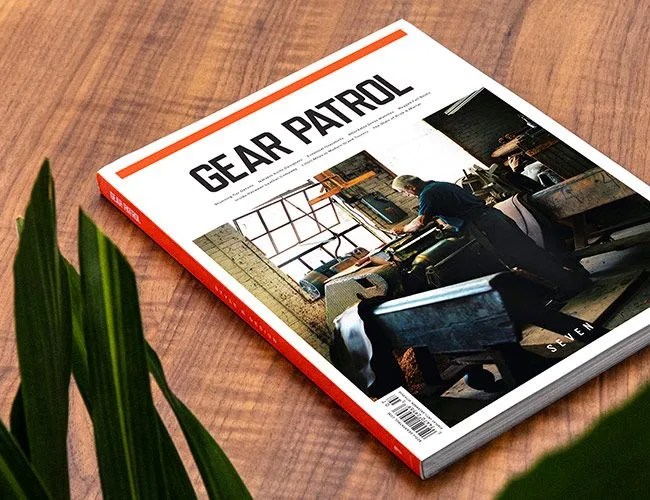5 photos
From Issue Seven of Gear Patrol Magazine.
No company has ever made an office chair like Herman Miller’s latest, including Herman Miller itself.
When the fabled American furniture designer released the Aeron office chair in 1994, it spread like wildfire. Aeron is cited as America’s best-selling office chair, a present-day classic that even occupies a spot in the Museum of Modern Art’s permanent collection.
Cosm, made in collaboration with the German design firm Studio 7.5, is Herman Miller’s newest and perhaps most important furniture release since Aeron. Within its spindly, exoskeletal frame exists a great many talking points, but the upshot is this: Cosm is the ideological opposite of Aeron.
Aeron set itself apart by way of its many manual adjustments — up or down, forward or backward, taut or loose reclining, lumbar height adjustment, lumbar depth adjustment and more. Cosm, on the other hand, adjusts to the sitter automatically. Apart from height-adjustment tabs for the seat and armrests, it is passively ergonomic, harboring technology that, based on loads of complicated academic research, results in improved comfort and increased efficiency.
“We just weren’t happy with what we saw as serious design flaws in the chairs using passive ergonomics,” said Scott Openshaw, Herman Miller’s Human Factors & Ergonomics Manager. Cosm’s key triumph is that it follows the natural motion and pivot points of the sitter’s body, rather than forcing the body to follow the motion of a mechanism. As a result, it does not lift the user’s legs when they recline. In the world of passive ergonomics, the trait is revolutionary. According to Openshaw, it’s a nut that Allsteel, Steelcase, Humanscale and Knoll have yet to crack with their respective office chairs. It’s also the reason why Cosm took a decade to design.
